World Afro Day: A day to celebrate coiled or curly hair
- Published
- comments
World Afro Day: A day to celebrate coiled or curly hair
World Afro Day is on 15 September every year.
It's a time where people are encouraged to celebrate kinky, coiled or curly afro textured hair and to learn more about it.
Michelle De Leon is the founder of World Afro Day and she believes there aren't enough examples of natural afro textured hair being celebrated in adverts, movies and even in music.
She wanted her daughter and other children around the world to grow up seeing more examples of people with hair like their own and for people without afro hair to understand more about it.
Michelle told Newsround: "Unfortunately there's been a long history of people with Afro hair not being treated as valuable as other hair types, and that means sometimes they don't get the same opportunities as other people sometimes have."
Frobelles features three sisters with afro hair
The aim of World Afro Day is to give people with afro hair the confidence to wear it the way they like so that they don't feel pressure to straighten it.
There are many different ways to wear natural afro hair that can help protect it as it's typically drier compared to other hair textures and can be more prone to damage if it isn't handled with care.
Your hair could be straight, wavy, curly, or kinky.
The type of hair that you have is decided by the shape of your hair follicles - tiny parts of your skin that grow hair.
People with very curly hair have follicles that are oval-shaped and people with straight hair have round follicles.
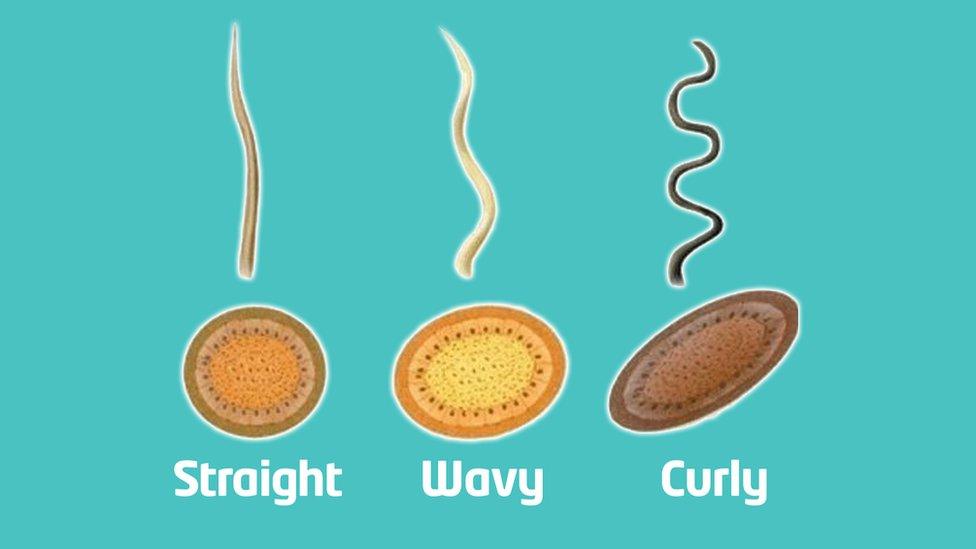
Take a look at how your hair follicle would look depending on your hair type
Cornrows, braids, and weaves are know as protective styles and they help to tuck the hair away to protect it from breakage while it grows.
Cornrows are an ancient African tradition that involves plaiting the hair very close to the scalp. This can sometimes look like rows of corn, which is how cornrows got their name.
Braids often involve plaiting hair made of acrylic and other materials into the natural hair, while weaves involve first cornrowing the hair, then sewing human or artificial hair on to the plaits.
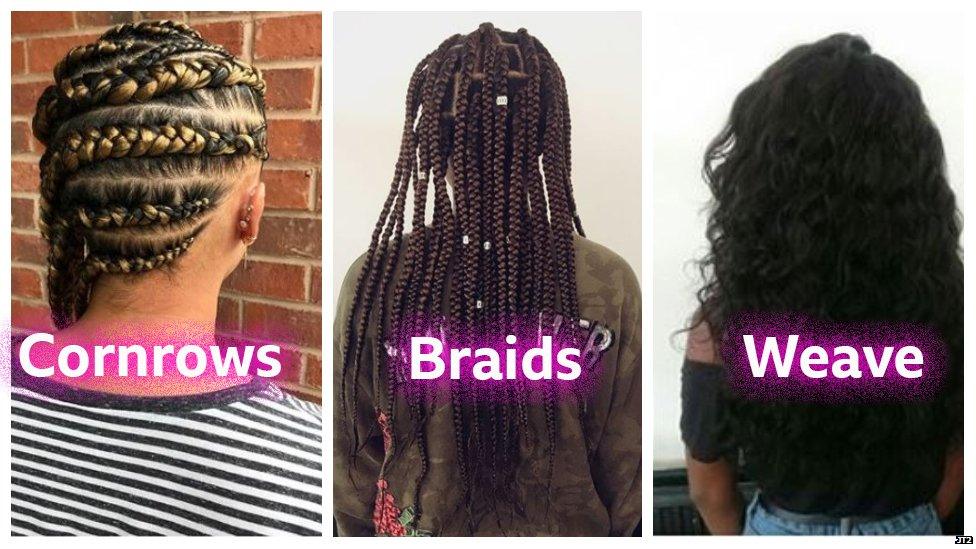
Wigs, weaves, relaxers
Jamelia on why she had straight hair 'I wanted to look like my idols'
You might wonder how someone with afro hair gets it to look like it is straight.
This may be achieved through:
Straightening the hair with heated hair straighteners
Sewing straight hair on to the hair (weaving process)
Wearing a wig
A process called relaxing/perming
Using straighteners and wearing wigs are pretty easy to understand but what is 'relaxing/perming'?
It's when chemicals are applied to the hair to make it straight. However, this can sometimes be a painful process, especially if not done correctly.
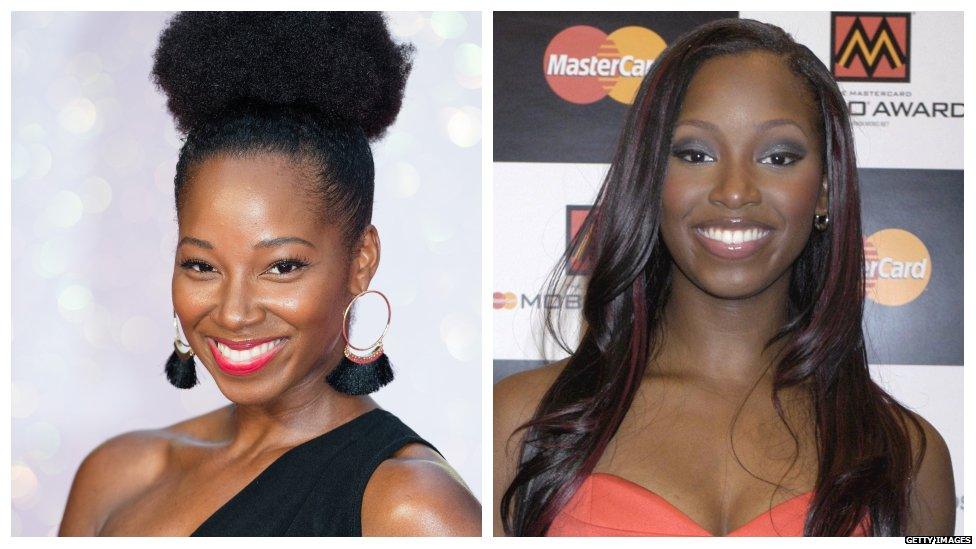
Jamelia in 2018 and Jamelia in 2003
British singer Jamelia has had all kinds of different hairstyles including wearing weaves and having a relaxer.
She believes the way that anyone styles their hair is a personal choice and no-one should feel pressured to style their hair in a particular way to fit in.
- Published26 September 2023
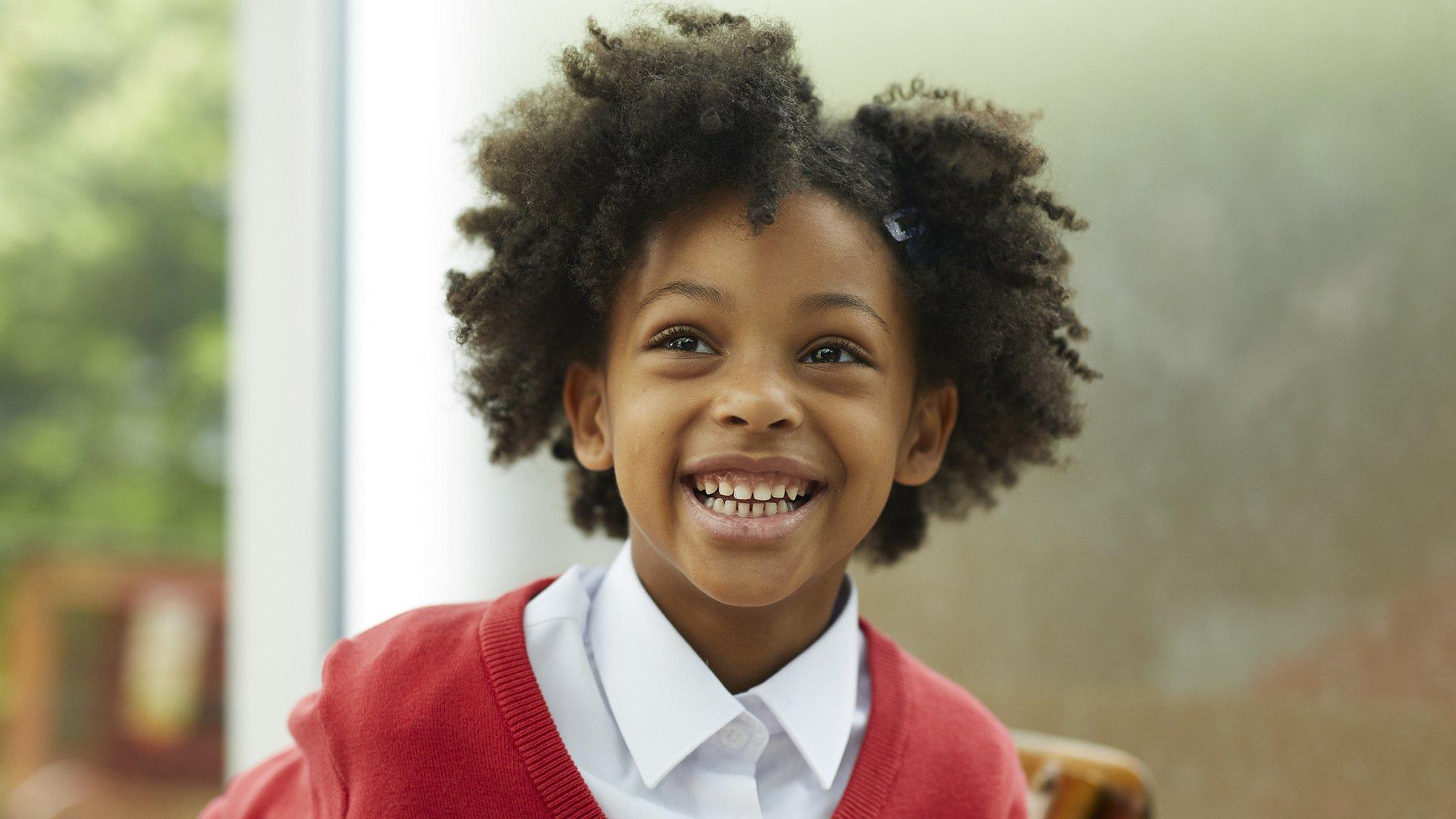
- Published20 October 2021
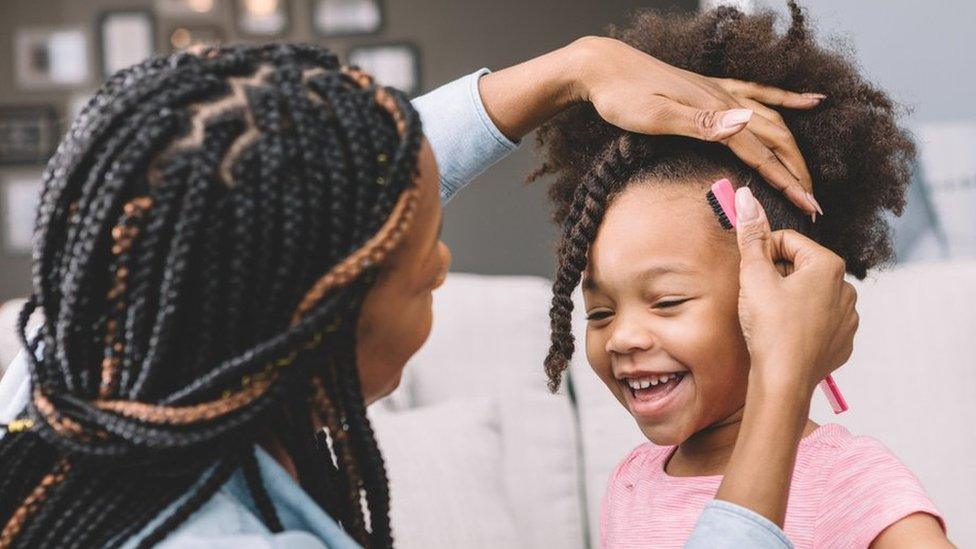
- Published9 December 2020

